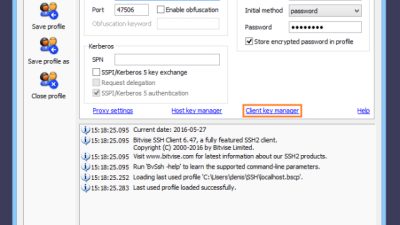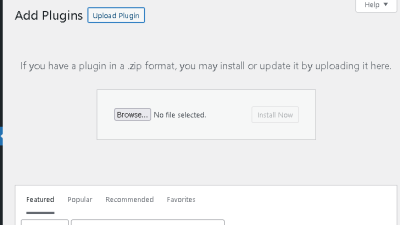With more than 366 million domain names already registered online, it can be intimidating to start the process of changing your own domain name.
Site owner changing domain name on WordPress
For one thing, you might have a hard time finding another unique domain name. And, if you aren’t entirely sure of how to do it correctly, you could damage your WordPress site’s SEO — or even completely lose your content.
Learn More About HubSpot’s CMS with Free Web Hosting
It’s important to know all the steps to changing a domain name before you get started, from choosing a new domain name to backing up your website to redirecting URLs.
Follow along for a step-by-step guide on how to change your domain name on WordPress.
Reasons for Changing Your WordPress Domain Name
There are plenty of reasons you might want or need to change your domain name. Perhaps your business goals have changed and it’s time to rebrand.
Alternatively, maybe you need to reconsider your domain extensions, such as changing .net to .com or switching from a free platform with a required domain extension to a paid option with just your primary domain name. For example, you might find it more professional to move from yourdomain.wordpress.com to yourdomain.com.
What to Do Before Changing Your Domain Name
There are a few important things to have in order before you start digging into the wp-config.php or the FTP.
1. Choose a New Domain
Before you start moving everything over, you’ll need to choose and own your new domain name.
There are plenty of domain registrars online, and some hosting services even offer free domains.
If you need help establishing your domain, you can check out this free HubSpot course on how to build your WordPress website, which offers helpful information on how to set up your domain as well.
2. Backup Your Website
There would be nothing worse than completely losing all of your content under your own domain name while transferring to a new domain name.
The process can get complex at times, but backing up your website is a quick and easy way to safeguard your work in case something doesn’t go quite right. Luckily, we will go more in depth here on a variety of plugins that will help you backup your website with ease.
3. Notify Your Audience
Once you have a new domain name solidified, you’ll want to start letting your audience know that they might see some changes as you change to a new domain name.
Let them know when they can expect to see your new domain, and reassure them that they’ll still be able to access your content.



